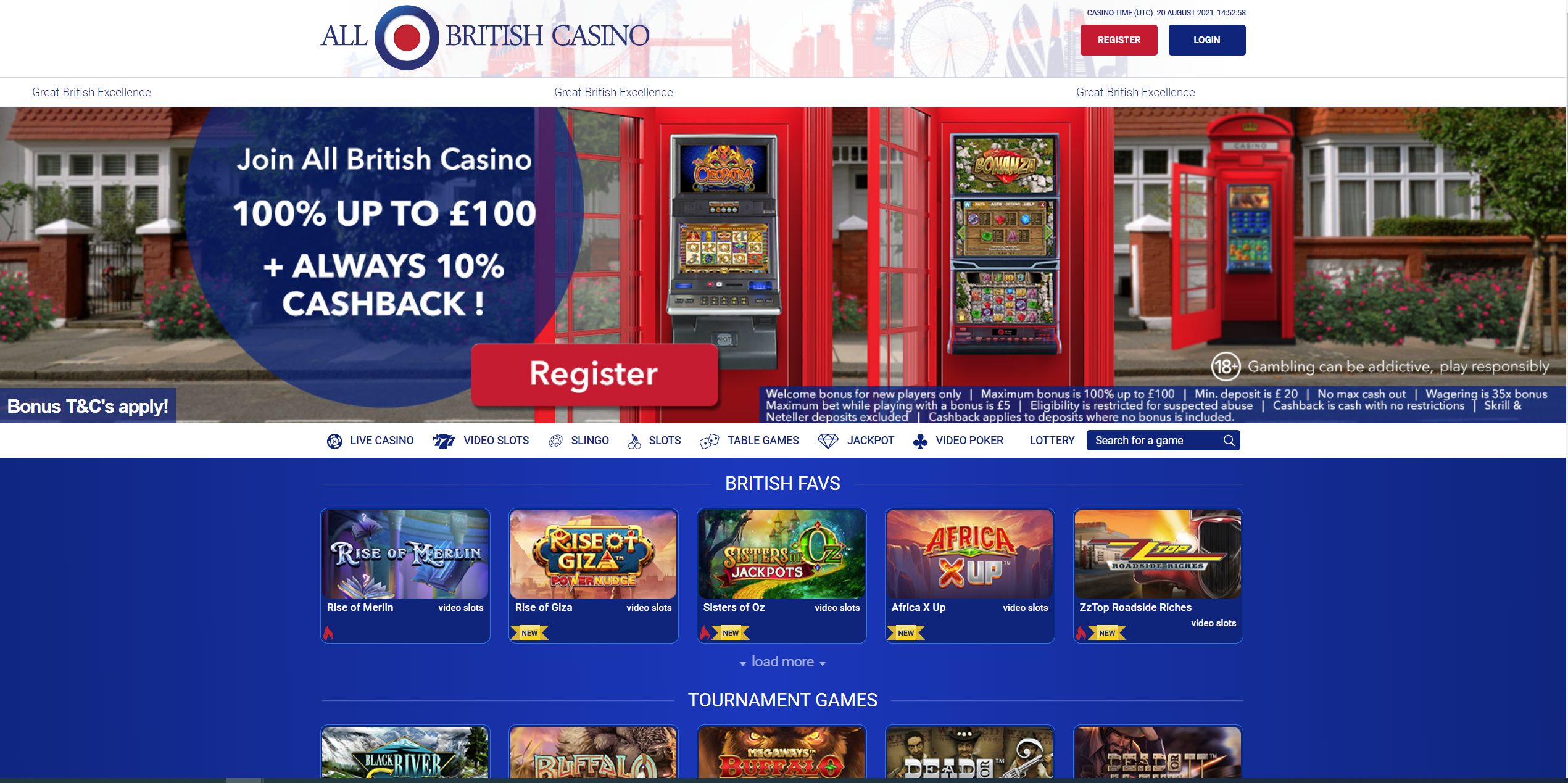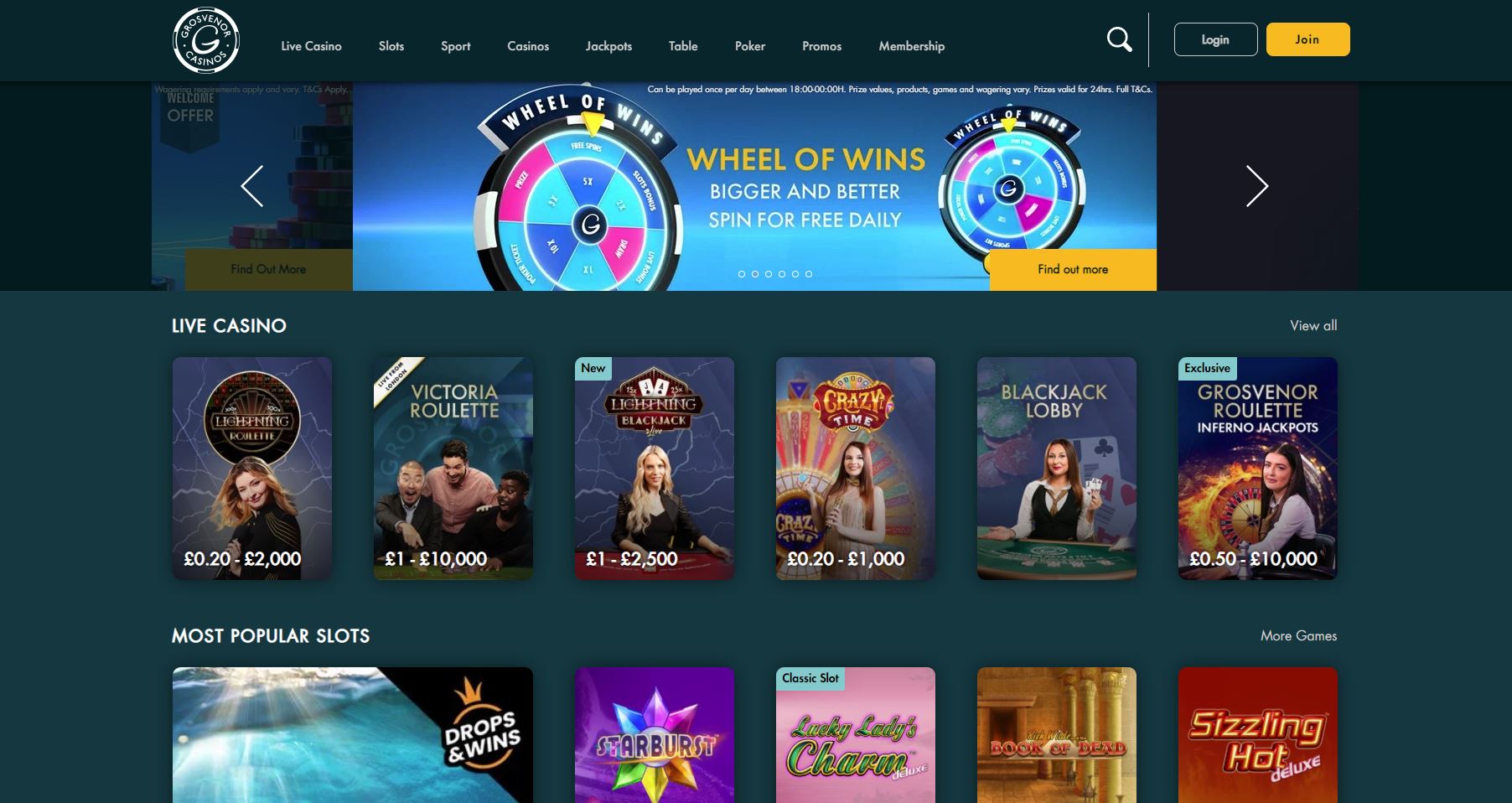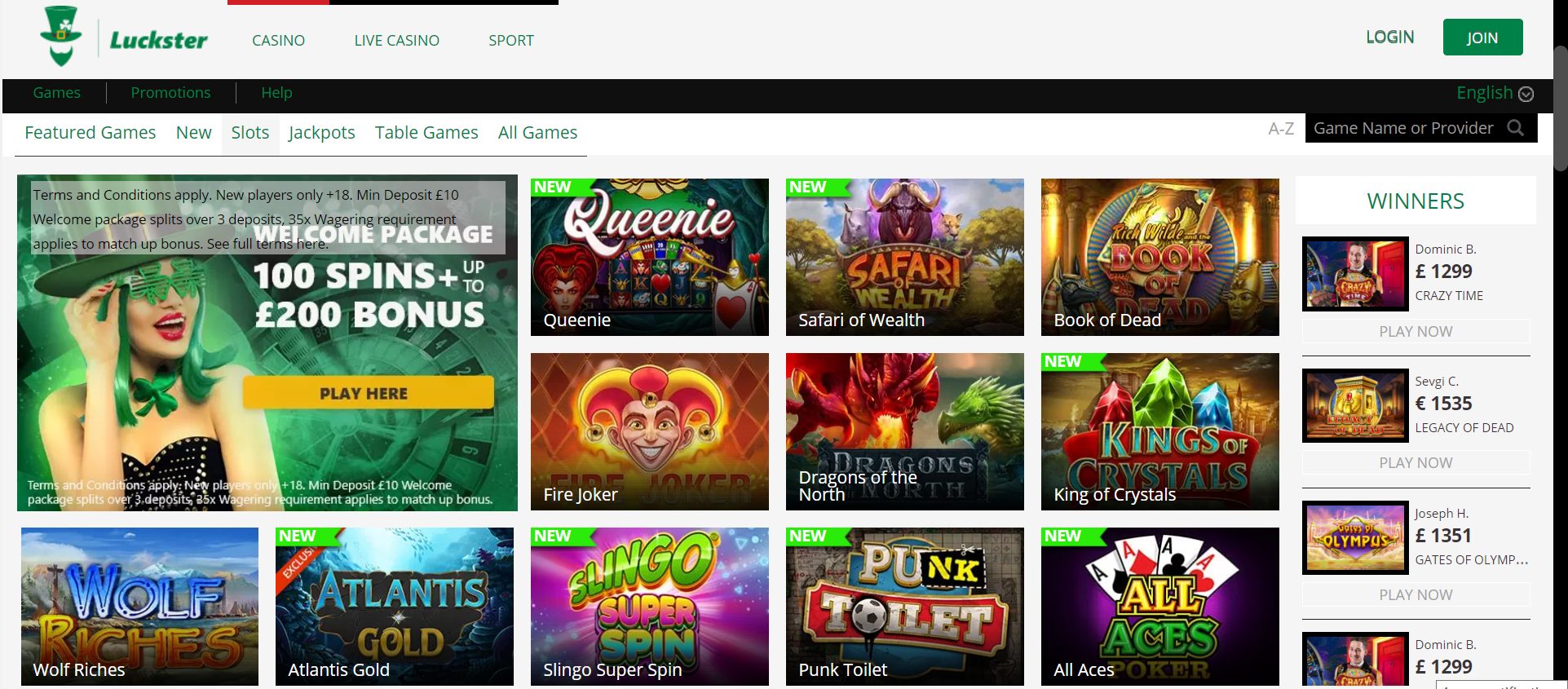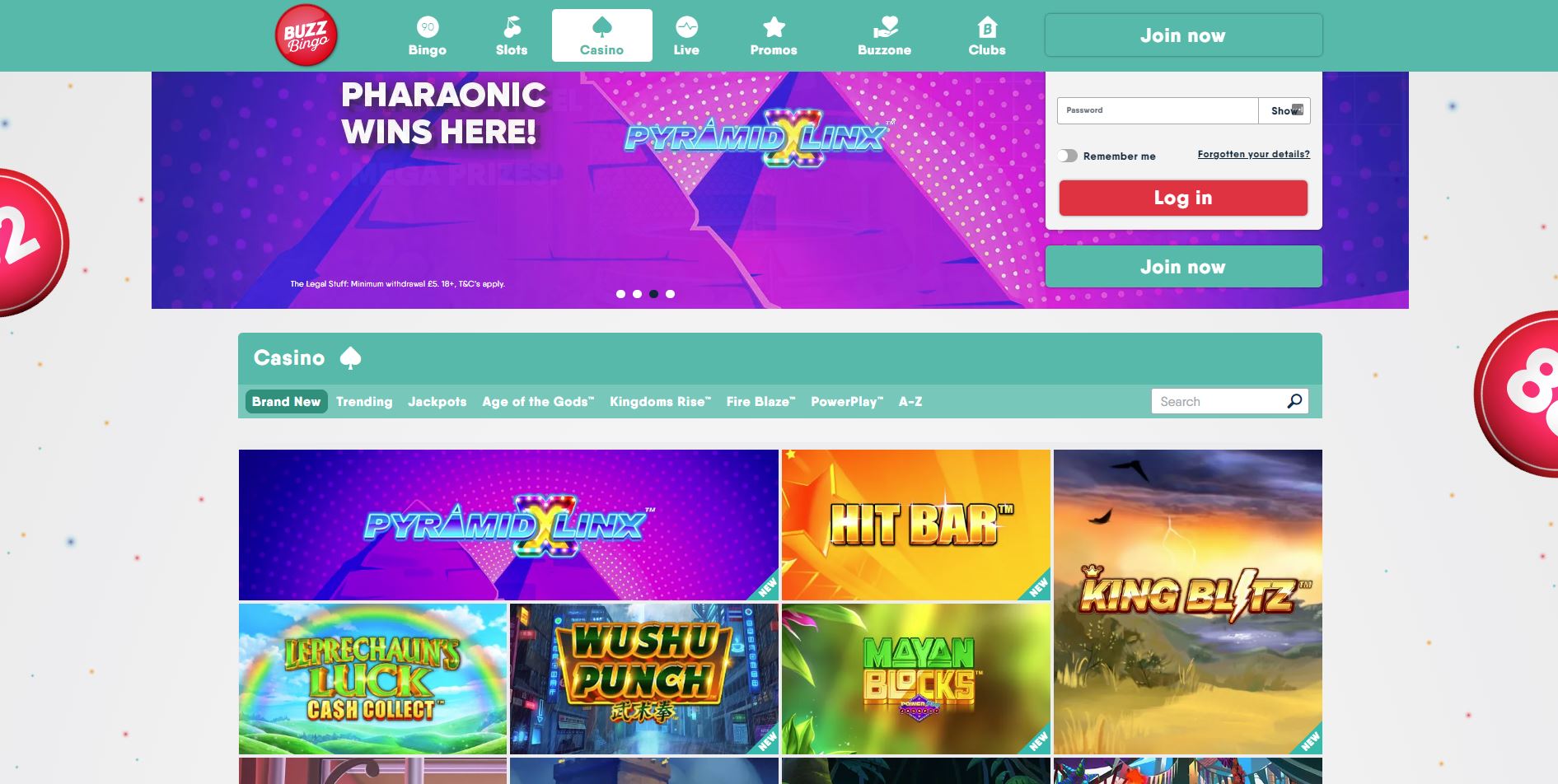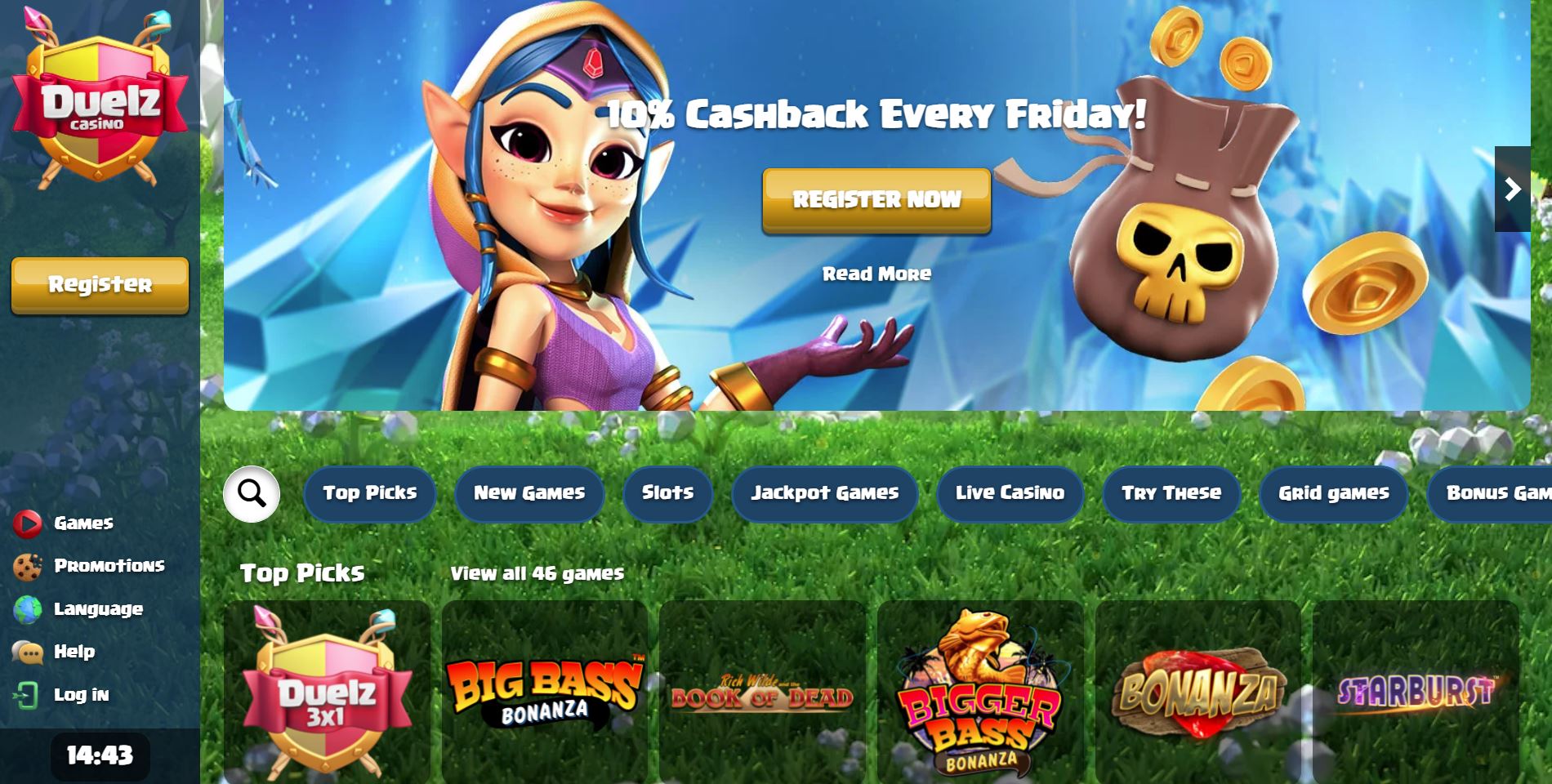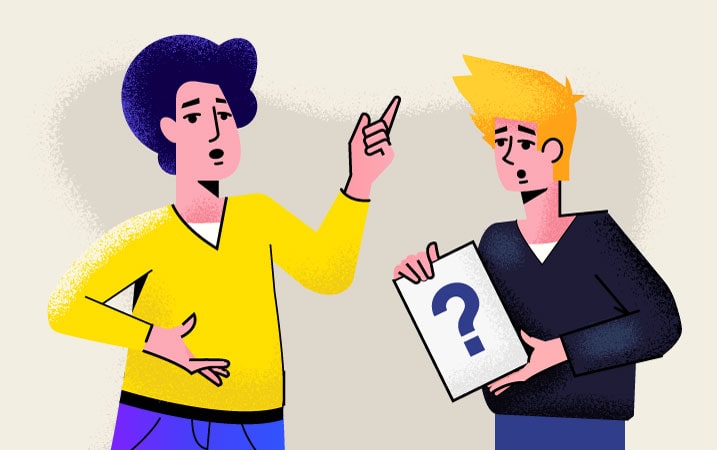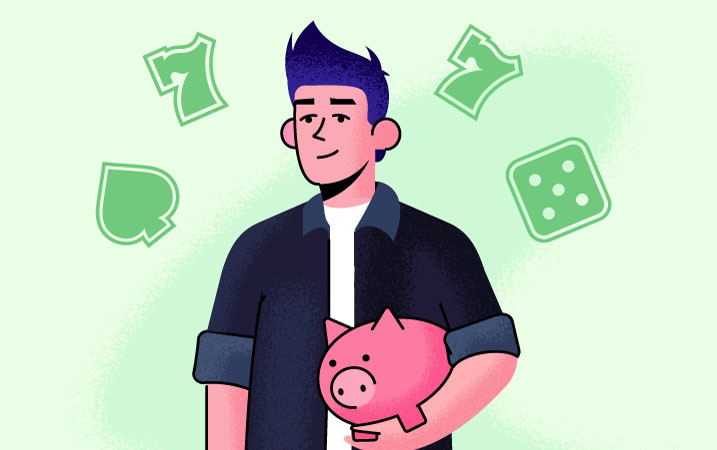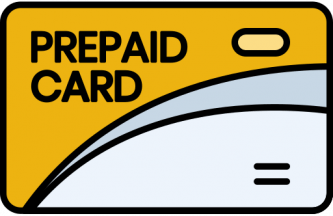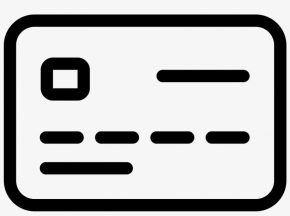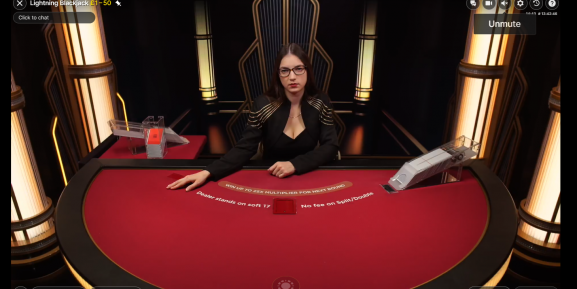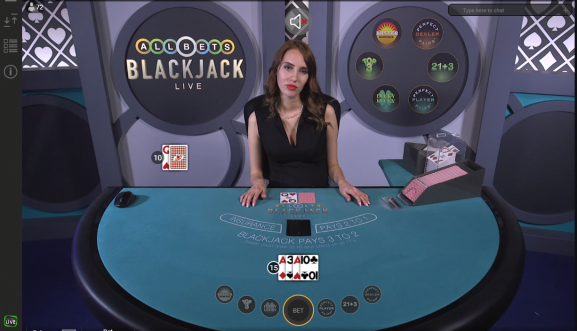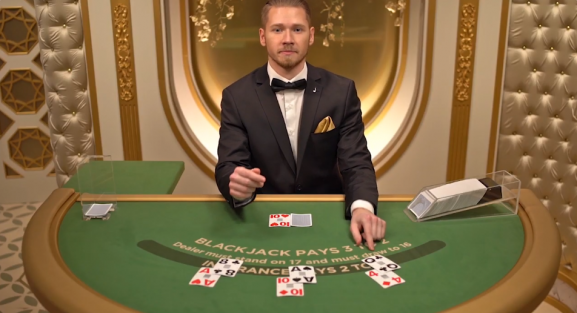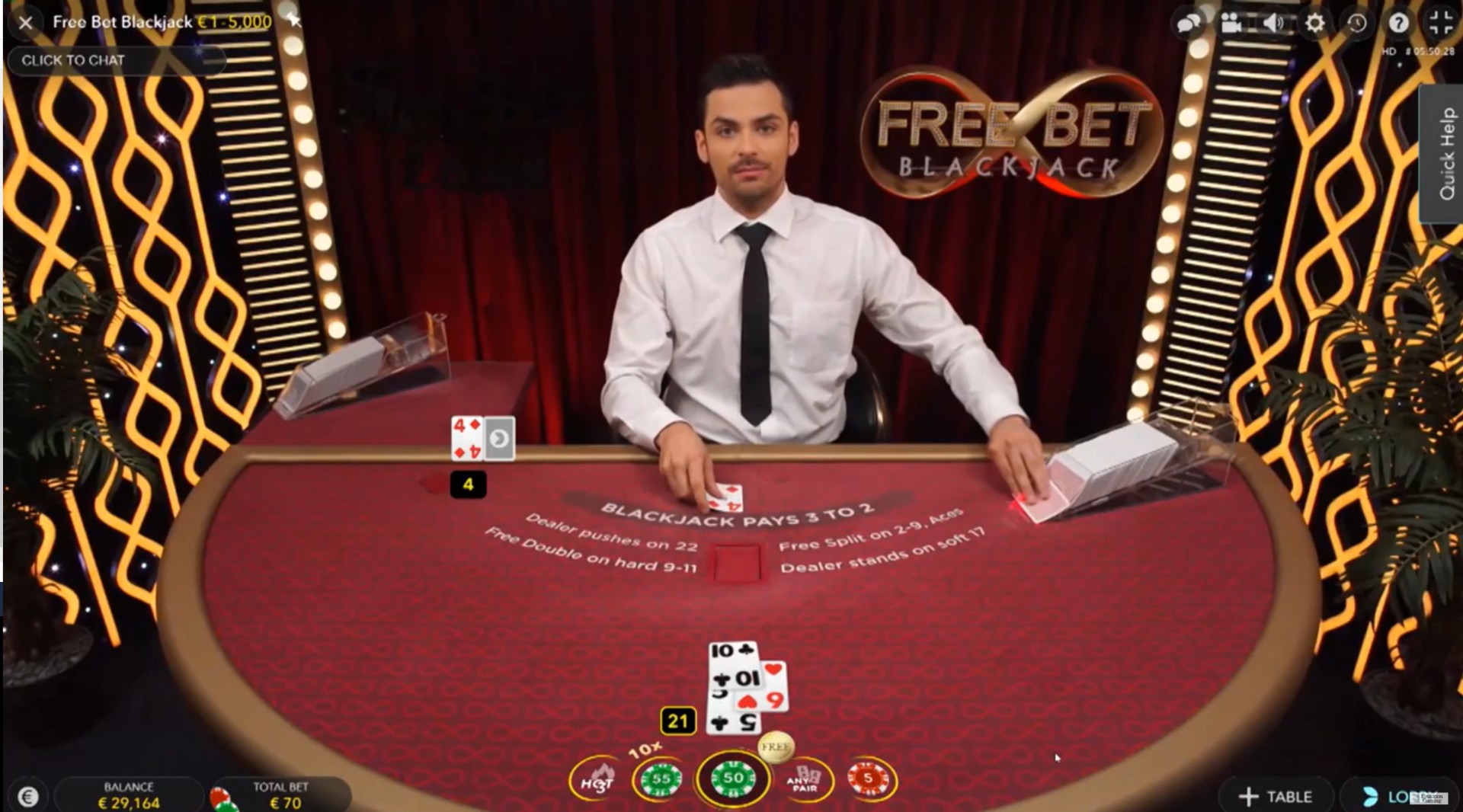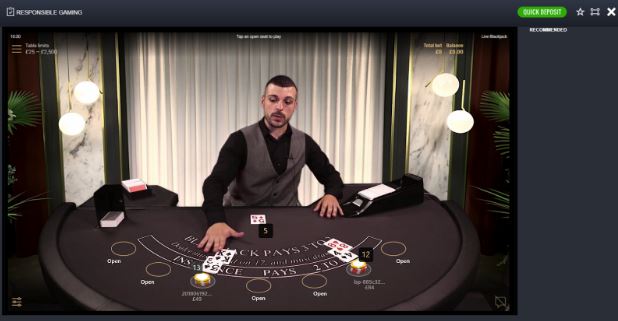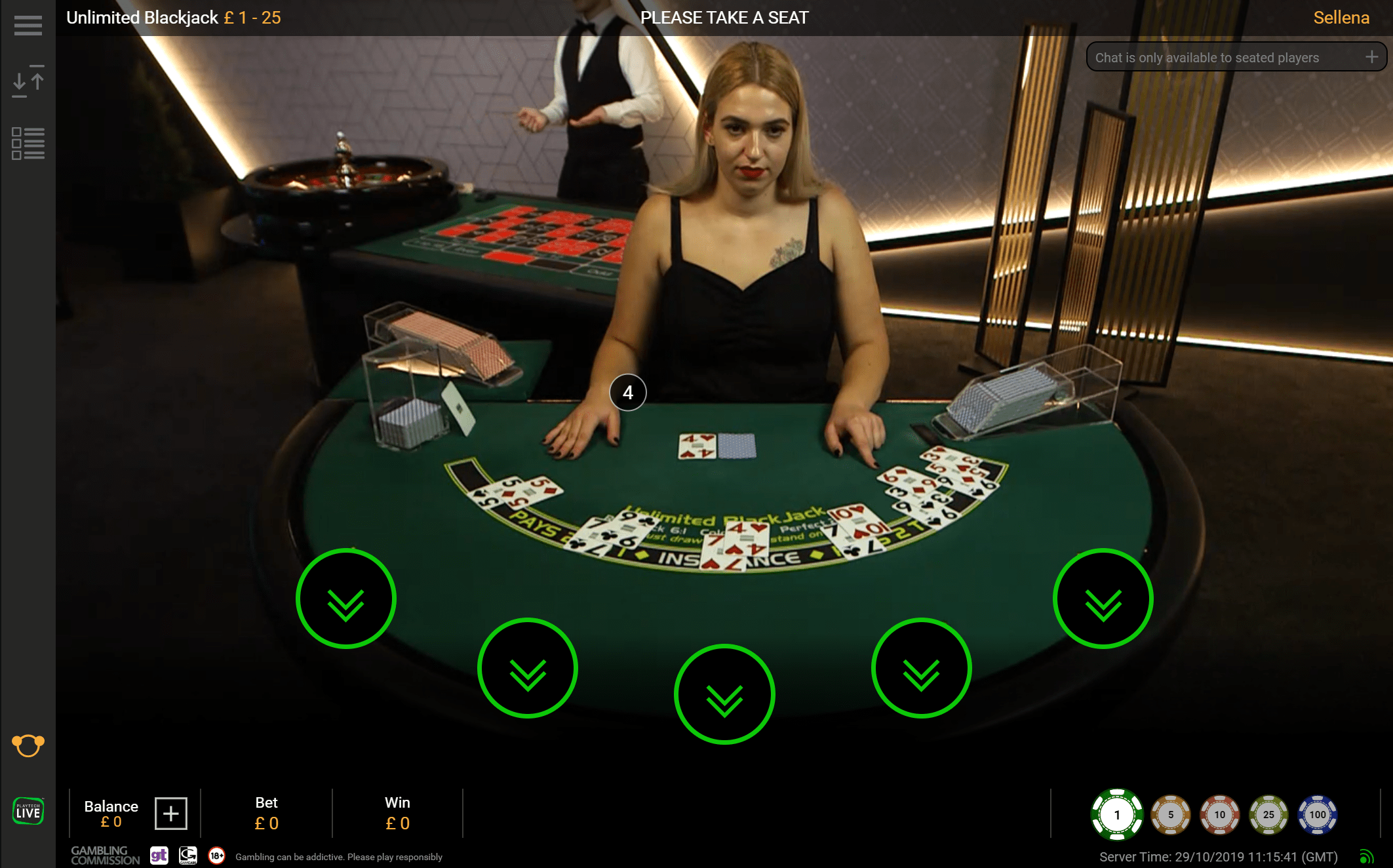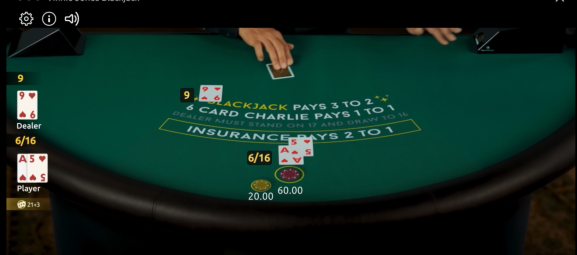How to Play Blackjack
Blackjack is the most popular of a series of casino games known collectively as Twenty-One. These games originated in 17th century Spain, but different variations started appearing in France and Great Britain soon after.
Blackjack is the popularised American version of the game and is played with two or more players, typically 2-7, with players pitting themselves against the dealer and the house as opposed to each other.
In blackjack, a hand’s value is the sum of its cards’ value, and the aim is to gain a hand closest to 21 without exceeding 21. Players that exceed 21 are bust and take no further part in the round. Cards numbered 2-10 hold their face value, and picture cards (jacks, queens and kings) are each worth 10. Players can choose whether aces in their hand are worth one or 11.
Each player is dealt a two-card hand; depending on the casino’s rules, these cards are either dealt face up (upcards) or face down (downcards). The dealer is then dealt either one or two cards (again depending on the casino), with at least one card face up.
Details around the dealer’s hand are inconsequential, because no matter which blackjack rules the casino applies, the dealer’s hand plays out in front of all players at the end of the round.
After receiving their first two cards, players have four options:
- Hit: players receive an additional card from the dealer;
- Stick: players take no more cards – this is also known as ‘stand’;
- Double down: players increase their initial bet up to 100% in exchange for committing to a stick call after receiving one more card. Some casinos only permit double down calls on the condition that the bet must be increased by 100%;
- Split: if the first two cards are the same value, players can split them into two separate hands by placing a matched second bet behind the split hand. An additional card is then dealt to the two split hands and play out in turn. Typically, all cards of ten value qualify as splitting hands, i.e., players can split with a ten and a queen, for example;
- Some casinos allow for a fifth surrender option – players are able to surrender at their first decision, giving half of their stake to the dealer and keeping the other half.
Once all players at the table have completed their hands, it’s the dealer’s turn to play. The dealer will not play their hand if everyone has busted, or if everyone has received a blackjack – considered the best hand in the game, consisting of an ace and a ten-valued card.
The player with the hand closest to 21 wins their bet. If a player has a blackjack and the dealer doesn’t, the player wins and usually receives a bonus. If a player goes bust, the player loses, even if the dealer is also bust. If player and dealer hands are equal, no one wins.
House Edge and Player Strategy
Blackjack has the kindest house edge of the table-based casino games, but this edge varies depending on how many 52-card decks are in play. With one 52-card deck, the house edge is 0.17%, reflected in the rule that the house wins if both dealer and player go bust.
As a way of mitigating against card counting, casinos introduced multi-deck blackjack games of up to eight decks. Although card counting isn’t a concern for online casinos, multi-deck blackjack games are seen as a way of increasing the house edge at casino sites – with every additional deck in play, the chances of hitting a blackjack decrease, and so the house edge consequently increases.
Some casinos play with up to eight decks, which raises the house edge to 0.66%.
No matter the size of the house edge, many players head to the blackjack table with a strategy in place, inspired by Ed Thorpe’s seminal 1963 book Beat the Dealer, which laid the foundation for all subsequent blackjack strategies. You can read more about how best to approach blackjack strategy in our guide.






















































